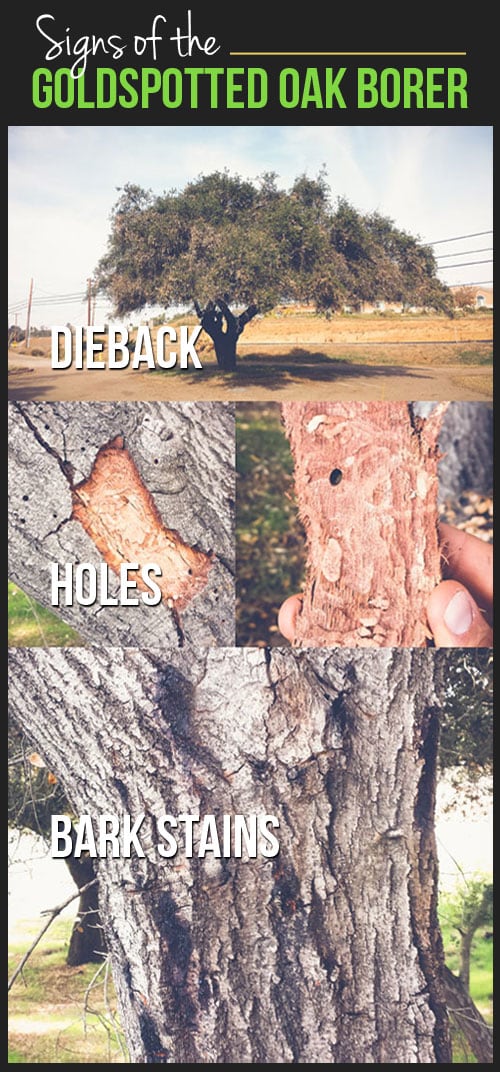Seasonal Tree Treatment: When And Just How To Prune For Ideal Outcomes
Seasonal Tree Treatment: When And Just How To Prune For Ideal Outcomes
Blog Article
Article Written By-Shea Hovgaard
When it comes to seasonal tree trimming, timing and method are essential for your trees' health and growth. You may be surprised at how much a simple cut can encourage brand-new life. Recognizing when to trim inactive trees versus flowering ones can make all the difference. But it's not practically when; it's likewise concerning just how you do it. Let's explore the most effective methods to guarantee your trees prosper.
Recognizing the most effective Seasons for Tree Trimming
When's the very best time to cut your trees? The solution hinges on understanding the seasons. Late winter to early springtime is usually ideal, as trees are still inactive. This timing minimizes tension and promotes much healthier development when they stir up.
However, if you're managing flowering trees, consider trimming right after their blossoms discolor. This ensures you will not remove following year's flowers.
In summer season, light trimming can help keep form and remove any dead or infected branches. Avoid heavy pruning throughout fall, as trees are preparing for inactivity and may struggle to recover.
Eventually, understanding your tree types and regional climate will assist your cutting timetable. Pick wisely, and your trees will certainly grow beautifully year-round.
Necessary Trimming Methods for Healthy And Balanced Trees
Trimming your trees efficiently is crucial for their health and wellness and durability. Begin by utilizing tidy, sharp tools to make exact cuts, which helps avoid damage and illness.
Focus on removing dead, harmed, or going across branches initially; this encourages far better air flow and sunlight infiltration. When cutting, aim for an angle that advertises recovery and lessens the threat of rot. Constantly prune simply outside the branch collar, the inflamed area where the branch fulfills the trunk, to enhance recuperation.
For young trees, form them by uniquely trimming to create a solid framework. Finally, avoid over-pruning; eliminating excessive foliage can emphasize your tree.
Common Mistakes to Prevent When Pruning
Numerous homeowners make vital blunders while pruning their trees, which can result in lasting damages.
One typical mistake is over-pruning, where you remove way too many branches at the same time. Read Full Report can emphasize the tree and hinder its development.
One more mistake is making use of plain devices; sharp, tidy tools make cleaner cuts that recover much faster.
Do not neglect to prune at the wrong time of year; winter is typically best for many species, while summer season is excellent for others.
Likewise, avoid reducing branches also close to the trunk or leaving stubs, as both can welcome bugs and illness.
Finally, falling short to step back and examine the tree's general form can result in uneven growth.
Keep these mistakes in mind for much healthier, flourishing trees!
Verdict
Finally, seasonal tree cutting is crucial for your trees' health and wellness and growth. By pruning at the right times-- late winter season for inactive trees and right after blossoms for blooming selections-- you'll urge vibrant foliage and blossoms. Bear in mind to utilize tidy, sharp devices and comply with appropriate methods to avoid damage. Prevent hefty pruning in the autumn and stay clear of common errors. With these pointers in mind, you'll keep your trees growing all the time!
